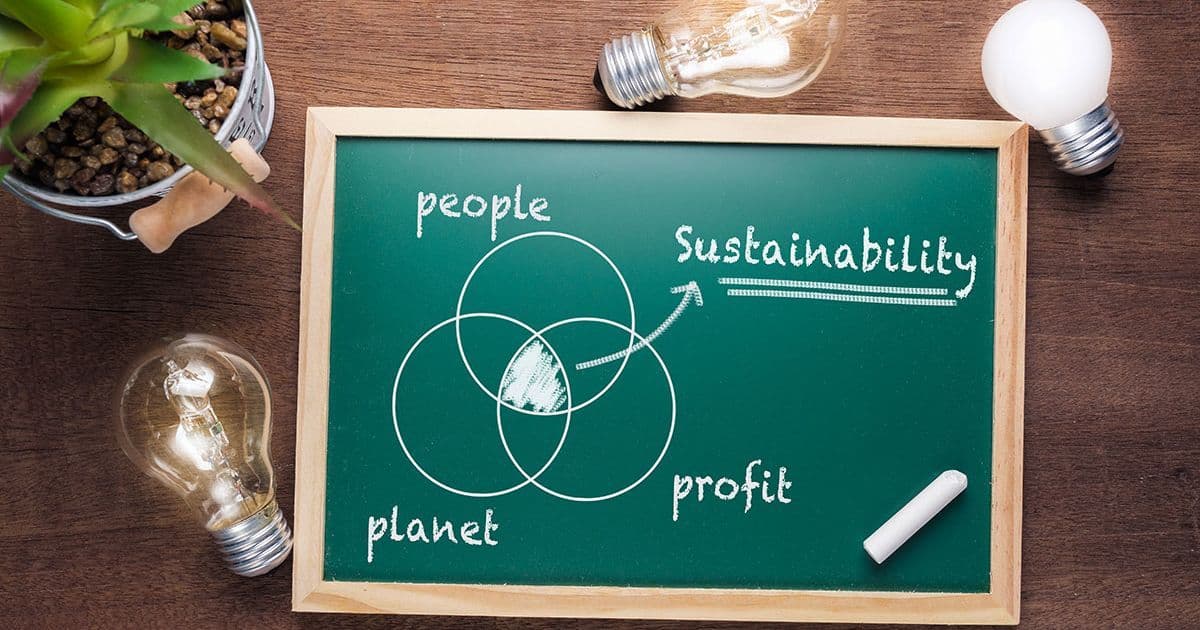🌍 Introduction: The Question That Changed Business Forever
Imagine this: a company makes billions in profit but pollutes rivers, underpays workers, and leaves behind barren land. Can it still be called successful?
This very question gave birth to the Triple Bottom Line (TBL) — a revolutionary way to measure success not just by money, but by people, planet, and profit together.
Coined by John Elkington in 1994, the Triple Bottom Line urges businesses and governments to think beyond numbers — to include social well-being and environmental balance in every decision.
At its heart, TBL asks: “How can we prosper without harming people or the planet?”
💡 The Meaning of Triple Bottom Line
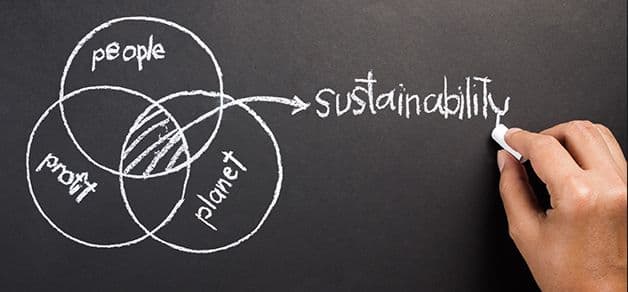
Traditionally, companies looked at one bottom line — profit.
But the TBL concept expands this to three interconnected bottom lines:

Together, they form the 3Ps: People, Planet, Profit. It’s not about charity — it’s about balance.
A company thriving under TBL doesn’t just make money — it uplifts people and heals the environment along the way.
(Sources: IBM, Harvard Business School, Wikipedia)
🌿 1. People – The Social Bottom Line
The People pillar measures how an organization impacts individuals and communities.
👥 What It Includes
-
Fair wages, safe working conditions, and equal opportunities
-
Diversity and inclusion in the workplace
-
Respect for human rights
-
Community development programs
-
Health and education support
-
Transparent and ethical governance
🧭 Why It Matters
A business cannot succeed in a society that fails. TBL recognizes that employees, customers, and communities are stakeholders, not just bystanders.
When companies care for their people, they build loyalty, creativity, and trust — which, in turn, strengthens their business.
Example: Patagonia, the outdoor clothing company, donates 1% of its sales to environmental causes and provides lifelong product repairs. Its employees enjoy ethical wages and climate-friendly offices — proving social responsibility can grow alongside profit.
(Source: Indiana Business Research Center)
🌎 2. Planet – The Environmental Bottom Line
The Planet pillar looks at how an organization affects the environment — its use of resources, waste, and carbon footprint.
🌱 What It Includes
-
Energy and water efficiency
-
Waste reduction and recycling
-
Use of renewable materials
-
Biodiversity protection
-
Pollution prevention
-
Carbon neutrality and climate action
🌤️ Why It Matters
Businesses depend on nature — clean air, fertile soil, and stable climates. When they harm these systems, they harm their own future.
Measuring the planet’s bottom line helps companies manage their natural capital responsibly, ensuring long-term resilience.
Example: IBM’s own operations reduced CO₂ emissions by more than 60% since 2010. Unilever and Apple now publish carbon neutrality goals alongside annual profits — a clear sign that “green” is the new gold.
(Sources: IBM, ERA Environmental)
💰 3. Profit – The Economic Bottom Line
The Profit pillar measures traditional financial success — but with a twist. It looks not just at how much money a business makes, but how responsibly it earns it.
💵 What It Includes
-
Financial performance (revenue, ROI, growth)
-
Job creation and tax contribution
-
Long-term economic sustainability
-
Innovation and value creation
-
Fair pricing and ethical supply chains
📈 Why It Matters
Profit is vital — but it must be sustainable profit, not short-term gain. When businesses chase growth at the cost of people or the planet, they eventually destroy the foundations they depend on.
Example: Tesla’s rise shows how green innovation can also be highly profitable. By focusing on clean energy, Tesla turned sustainability into a trillion-dollar opportunity.
(Source: Investopedia)
⚙️ How the Triple Bottom Line Works in Practice
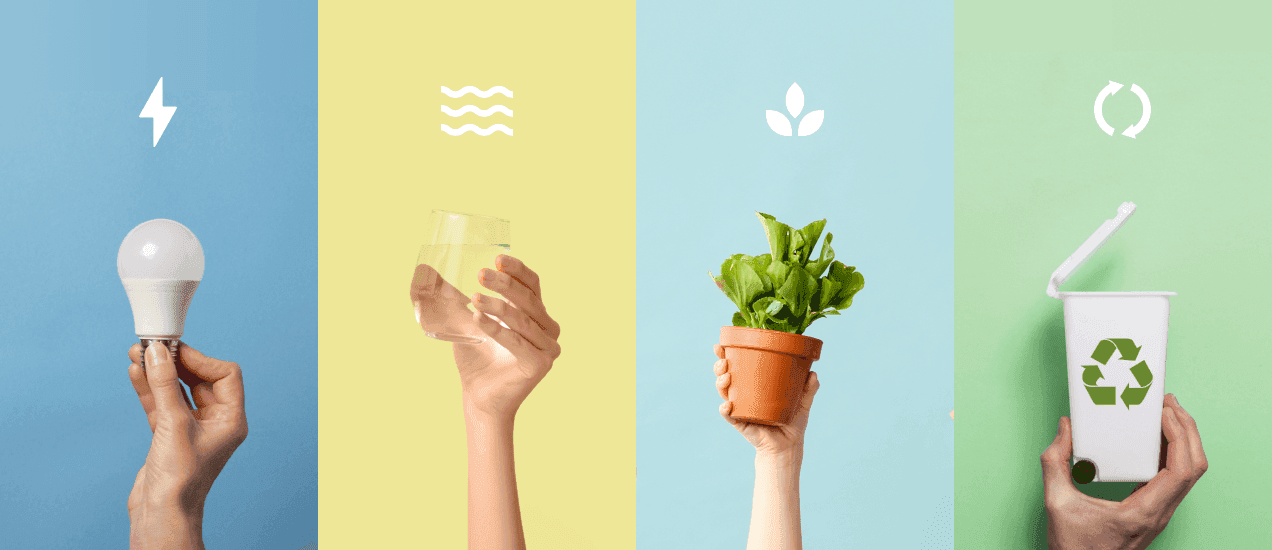
The TBL isn’t just theory — it’s a framework for decision-making. Here’s how companies and organizations use it:
1️⃣ Sustainability Reporting
Many global firms include People-Planet-Profit indicators in their annual reports — covering emissions, social programs, and governance, alongside finances.
Example: Unilever’s Sustainable Living Plan ties CEO bonuses to social and environmental goals.
2️⃣ Triple Bottom Line Cost-Benefit Analysis
Some use TBL to evaluate projects — weighing financial returns and social/environmental costs together.
Example: A factory might choose eco-friendly technology that costs more upfront but reduces pollution, improves health, and saves money long-term.
3️⃣ Supply Chain and Procurement
Companies prefer suppliers who follow ethical labor and sustainability practices, aligning the entire value chain with TBL goals.
4️⃣ Government & NGO Adoption
Cities and NGOs apply TBL for urban planning, resource management, and social projects — ensuring that development doesn’t compromise future generations.
(Sources: Harvard Business School Online, Wikipedia)
🌏 Why the Triple Bottom Line Matters Today
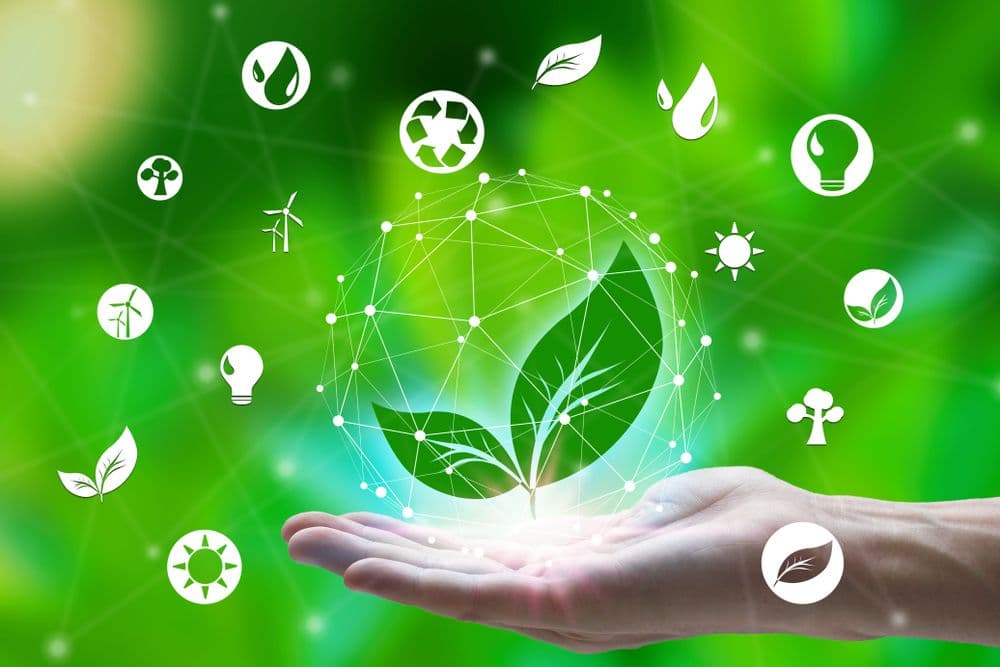
🌡️ 1. Climate Change & Resource Limits
As the planet warms and resources shrink, the cost of ignoring “Planet” rises every year.
👩💼 2. Consumer & Investor Demand
People now buy from — and invest in — brands that align with their values. TBL makes that possible through measurable transparency.
💼 3. Long-Term Resilience
Companies built on TBL thinking tend to survive crises better — from economic shocks to pandemics — because they plan beyond profit.
🌱 4. CSR → ESG Evolution
TBL laid the foundation for today’s ESG (Environmental, Social, and Governance) frameworks.
While ESG is data-driven, TBL provides the philosophy — the reason why sustainability matters in the first place.
(Sources: EIB – European Investment Bank, UWEX Wisconsin)
⚖️ Challenges and Criticisms
No framework is perfect — and TBL faces real-world challenges.

Even John Elkington, the creator of TBL, once “recalled” the concept in 2018 — not to abandon it, but to remind businesses that it’s about transformation, not just reporting.
(Source: HBR: “Why I’m giving up on the Triple Bottom Line")
🌍 The Evolution of TBL: What Comes Next

Since the 1990s, TBL has evolved and expanded.
🔹 1. The Quadruple Bottom Line
Some thinkers add a fourth “P” — Purpose or Culture — to emphasize values and legacy.
🔹 2. Multi-Capital Accounting
Modern sustainability frameworks measure Natural, Social, Human, and Financial capital — inspired by TBL but more data-driven.
🔹 3. Integrated Reporting & ESG
TBL’s spirit now lives inside integrated reports and ESG metrics, combining ethics, transparency, and profitability.
🔹 4. Circular Economy & Regeneration
The future of TBL lies in going beyond “less harm” to restoring ecosystems — turning businesses into forces of regeneration.
🌱 Example: TBL in Action
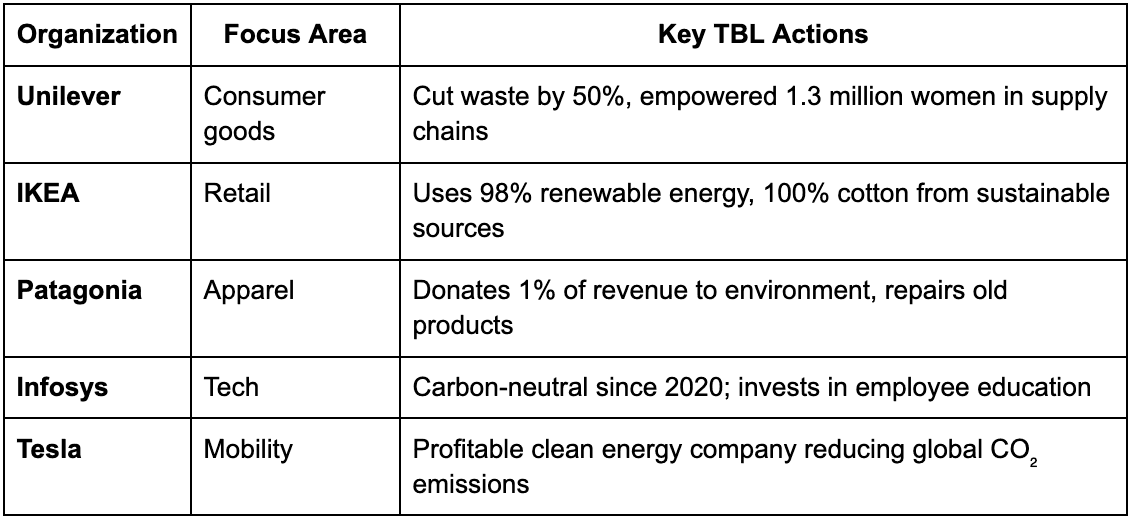
Each of these companies proves that doing good is good business — and that the Triple Bottom Line isn’t an ideal, but a path forward.
🌾 Lessons from the Triple Bottom Line
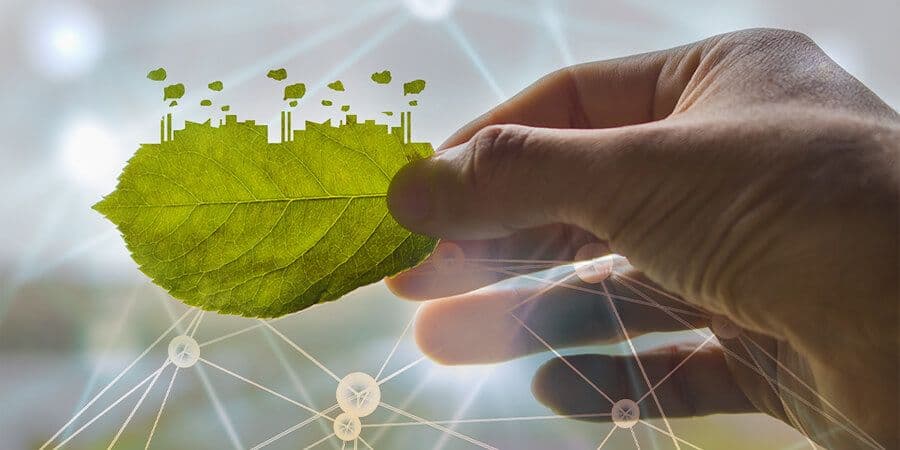
1.Profit is not the enemy — pollution is. Earning money ethically strengthens society.
2. Social responsibility builds resilience. Companies that care for people bounce back faster in crises.
3.Sustainability is the new efficiency. Using less and reusing more isn’t just ethical — it saves money.
4. The future belongs to balance. The Triple Bottom Line reminds us that a healthy planet, a fair society, and thriving businesses are not separate goals — they are one.
📖 Summary
-
The Triple Bottom Line (TBL) is a sustainability framework measuring success through People, Planet, and Profit.
-
Introduced by John Elkington in 1994, it redefined how organizations think about responsibility.
-
It emphasizes ethical growth — not charity, but harmony between economy, society, and ecology.
-
Despite measurement challenges, TBL remains one of the most powerful ideas connecting business with sustainability.
At CATCH Foundation, we believe in this very idea — that real progress is not measured by wealth alone, but by the well-being of people and the planet. Our mission to plant trees, restore biodiversity, and empower communities is our Triple Bottom Line in action. 🌿
📚 References
🌍 Frequently Asked Questions (FAQs)
1. What is the Triple Bottom Line in simple terms?
The Triple Bottom Line (TBL) is a sustainability framework that measures success through three lenses — People (social impact), Planet (environmental impact), and Profit (economic growth). It helps businesses and organizations grow responsibly while benefiting society and nature. (Source: IBM)
2. Who created the Triple Bottom Line concept?
The idea was coined by John Elkington in 1994. He introduced the concept to challenge companies to expand their focus beyond profits and include the well-being of people and the planet. (Source: Wikipedia)
3. Why is the Triple Bottom Line important?
Because it builds long-term sustainability. By balancing profit with social and environmental goals, companies reduce risk, gain trust, and create value for everyone — not just shareholders. (Source: Harvard Business School Online)
4. What are examples of companies using the Triple Bottom Line?
Brands like Unilever, Patagonia, and Tesla apply TBL principles. They measure environmental performance (carbon reduction), social benefits (fair wages, inclusion), and financial results — proving that doing good can also mean doing well. (Source: ERA Environmental)
5. What are the challenges of the Triple Bottom Line?
The main challenges include:
-
Difficulty measuring social and environmental impacts
-
Risk of greenwashing (false sustainability claims)
-
Balancing short-term profits with long-term impact
Despite this, TBL remains one of the most influential frameworks for responsible growth. (Source: EIB – European Investment Bank)
6. How is the Triple Bottom Line different from ESG?
TBL is a philosophy — a mindset that focuses on people, planet, and profit. ESG (Environmental, Social, and Governance) is a measurement system that uses data to track how well organizations perform on those principles. TBL is the “why,” ESG is the “how.” (Source: Investopedia)
7. How can NGOs like CATCH Foundation apply the Triple Bottom Line?
By focusing on all three pillars:
-
People: creating green jobs, community awareness
-
Planet: restoring biodiversity through afforestation
-
Profit: using transparent funding and long-term maintenance models
This ensures environmental projects are impactful, ethical, and economically sustainable.
